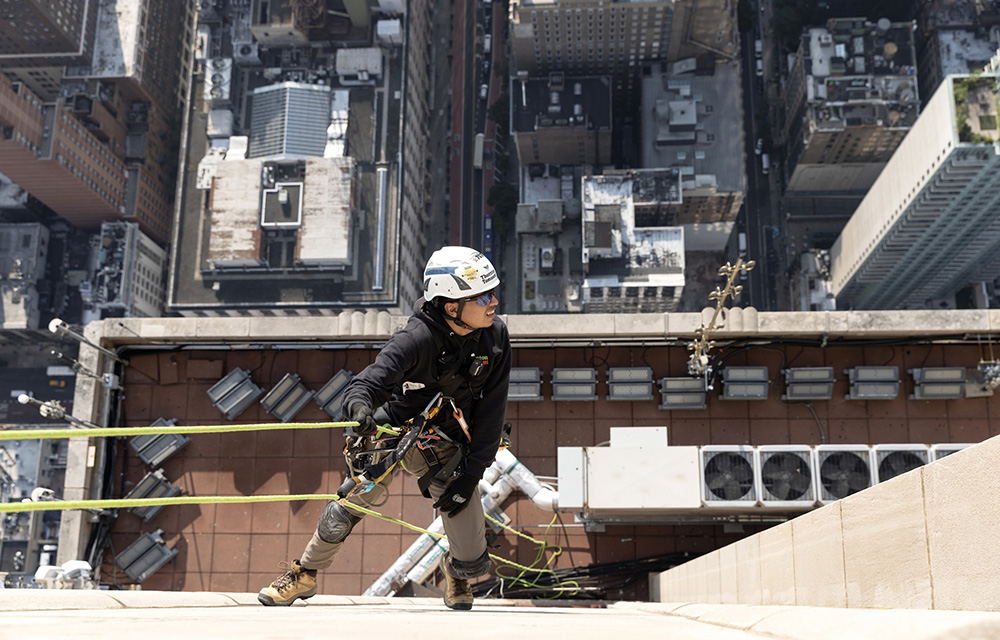News:
Construction Design & Engineering
Posted: January 13, 2012
Aurora Capital Associates with BKSK Architects completes renovation project in Meatpacking District
Of the 40 plus historic districts in Manhattan today, the Gansevoort Market Historic District, designated in 2003, is one of the most inherently flexible in terms of interpretation and change. There is an unusually robust architectural dialogue between old and new, where successive waves of industries have appropriated existing buildings for new uses, from residential and marketplace to meatpacking. In recent years, a robust retail scene and the High Line's success have triggered yet another wave of transformations. While street life at the ground level has always been of recognized importance, this new, elevated park has added a somewhat unprecedented sense of district-specific above-street activity. Overall, the district's history of dramatic use change argues for an adventurous and contemporary approach to appropriateness.
BKSK Architects, working for Aurora Capital Associates, has recently completed a renovation and expansion project that illustrates the potential for such an approach. Located at the corner of Ninth Ave. and West 13th St., the property comprises four historic three-story interconnected masonry former row houses in the heart of the Gansevoort Market Historic District. Historic architectural details abound both on and within the property that hint at the buildings' long and variegated history. Constructed in 1844-46, the buildings are among the oldest in the district. Their scale and characteristic external load-bearing wall construction relate to their original identity as single-family row houses. Cast-iron pilasters and a corner column delineate old storefronts of bygone businesses such as a wine and liquor store, a saloon, and a hotel supply company. The property's prominent marquee jutting over the sidewalk on Ninth Avenue recalls its days as a meatpacking facility, indicative of the neighborhood's more recent history as a center for wholesale meat distribution. The buildings have now been transformed for retail use again - the cosmetics giant Sephora has set up shop in the newly transparent ground level while the popular new restaurant Catch occupies the upper floors.
The restoration and expansion offered the opportunity to highlight both the historic and the contemporary character of the district. While BKSK has designed an exquisitely detailed and historically appropriate renovation, they have also included a modern addition, uncompromising in its use of contemporary architectural language. In most historic districts, it is assumed that a one-story addition is possible if it is minimally visible. In this case it is not so minimal. The addition is very visible, enhancing and reinforcing the vibrant spirit of the district. The unabashedly visible new 4th floor signals the transformation of these worthy surviving structures, with their respectful restoration burnishing their overall historic significance. This combined approach has made this diminutive complex a symbolic gateway to one of the city's most intriguing neighborhoods.
MORE FROM Construction Design & Engineering
NYC mayor and DOB release comprehensive façade inspection and safety study conducted by Thornton Tomasetti
Manhattan, NY New York City mayor Eric Adams and New York City Department of Buildings (DOB) commissioner Jimmy Oddo released the full recommendations from a comprehensive engineering study conducted by global engineering firm Thornton Tomasetti

Quick Hits







.gif)
.jpg)
.gif)
.gif)